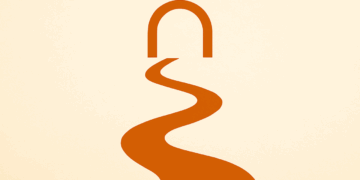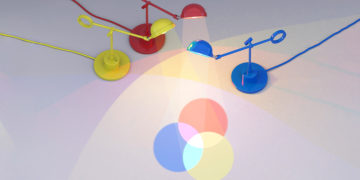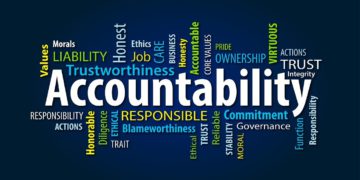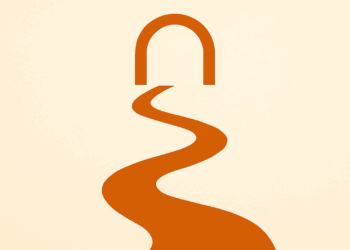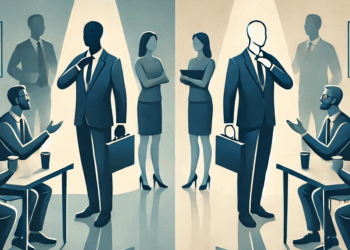Most Leaders Don’t Practice Leadership Until It’s Too Late
They wait until the stakes are real, until the moment is high-pressure, public, and career-defining.
But what if you could prepare for those moments before they happened?
Most leadership development is passive, reading books, listening to advice, sitting through training. Even coaching, while valuable, often focuses on reflection rather than real-time action.
But leadership isn’t about knowing, it’s about doing.
Athletes train before game day. Pilots spend hours in flight simulators before flying.
Surgeons practice in controlled environments before stepping into an operating room.
So why don’t leaders have a dedicated space to practice leading, before the stakes are real?
What Actually Happens in a Leadership Challenge?
Practicing leadership in real-time isn’t new.
Military teams, medical teams, and elite athletes run scenarios to sharpen decision-making in high-pressure environments. Yet in business, most leadership development remains passive, reading, coaching, or reflecting after the fact.
What if leaders had a way to step into real challenges before they happened?
Imagine tackling a live leadership challenge with someone you don’t know, but who is just as committed to growth as you are.
This is real-time leadership collaboration, a structured but freeform role-play where two people work together on a real problem in the moment.
1. Every challenge has two roles:
One person brings a real leadership challenge they’re facing at work right now.
The other person helps them work through it in real-time, not by just giving advice, but by stepping into the challenge with them.
2. The challenge unfolds in real time.
No scripts. No templates. No pre-set paths.
Just two people tackling a real leadership problem together, using a structured framework as their guide.
Every choice matters because leadership isn’t just about having the right answer, it’s about navigating uncertainty in the moment.
3. Ratings capture the real leadership impact.
Throughout and at the end of the challenge, both participants rate each other on:
– Driving: Did you effectively push the conversation forward?
– Connecting: Did you engage in a way that helped collaboration?
– Skill: How well did you apply the leadership skill being worked on?
4. The person who brought the challenge takes their learning back to work.
The practice doesn’t end when the conversation ends.
They apply what they learned in a real-world scenario.
A few days later, they return to self-assess whether the challenge actually helped them perform better at work.
Their peer sees this rating too, closing the loop on the collaboration.
Why This Works (And Why AI Can’t Replace It)
AI can give you answers.
AI can simulate conversations.
But AI can’t replicate the stakes of real human interaction.
AI doesn’t care if you show up.
– A real person does. When someone is depending on you to lead, you feel it.
– That pressure sharpens focus. It forces action.
AI doesn’t react emotionally to leadership.
– When you hesitate, an AI will wait.
– A real person will feel your hesitation.
– That social weight is what makes leadership real.
AI helps you think, but peer leadership practice makes you act.
– Leadership is about decision-making under pressure.
– This kind of challenge forces you to make calls in the moment.
– That’s something AI simply cannot replicate.
Who Is This For?
This isn’t for people who want to just “talk” about leadership.
This isn’t for people who want quick tips and easy answers.
This is for new and emerging leaders who want to actually practice leadership before they have to do it for real.
– If you’ve ever felt unprepared going into a high-stakes leadership moment, this is for you.
– If you’ve ever wished you could test your leadership instincts before taking them to work, this is for you.
– If you want a place to improve, track progress, and develop real leadership skills, this is for you.
Final Thought: This is Leadership, Before It Counts
Most people don’t get to practice leadership until it’s too late to practice, until they’re in a real situation with real consequences.
But what if you could build confidence, sharpen decision-making, and refine communication before those moments arrived?
What if leadership development wasn’t just something you read about or talked about, but something you actually did?
That’s what led me to create a structured space for real-time leadership challenges.
This is where leadership happens before it counts.
What Do You Think?
If leadership development is about practice, where should that practice take place?
Drop your thoughts below, I’d love to hear them.

